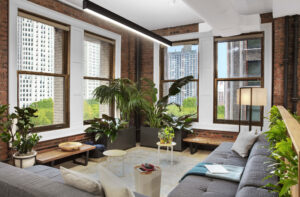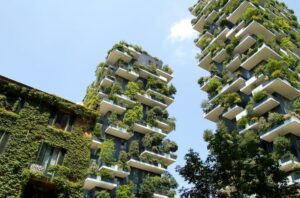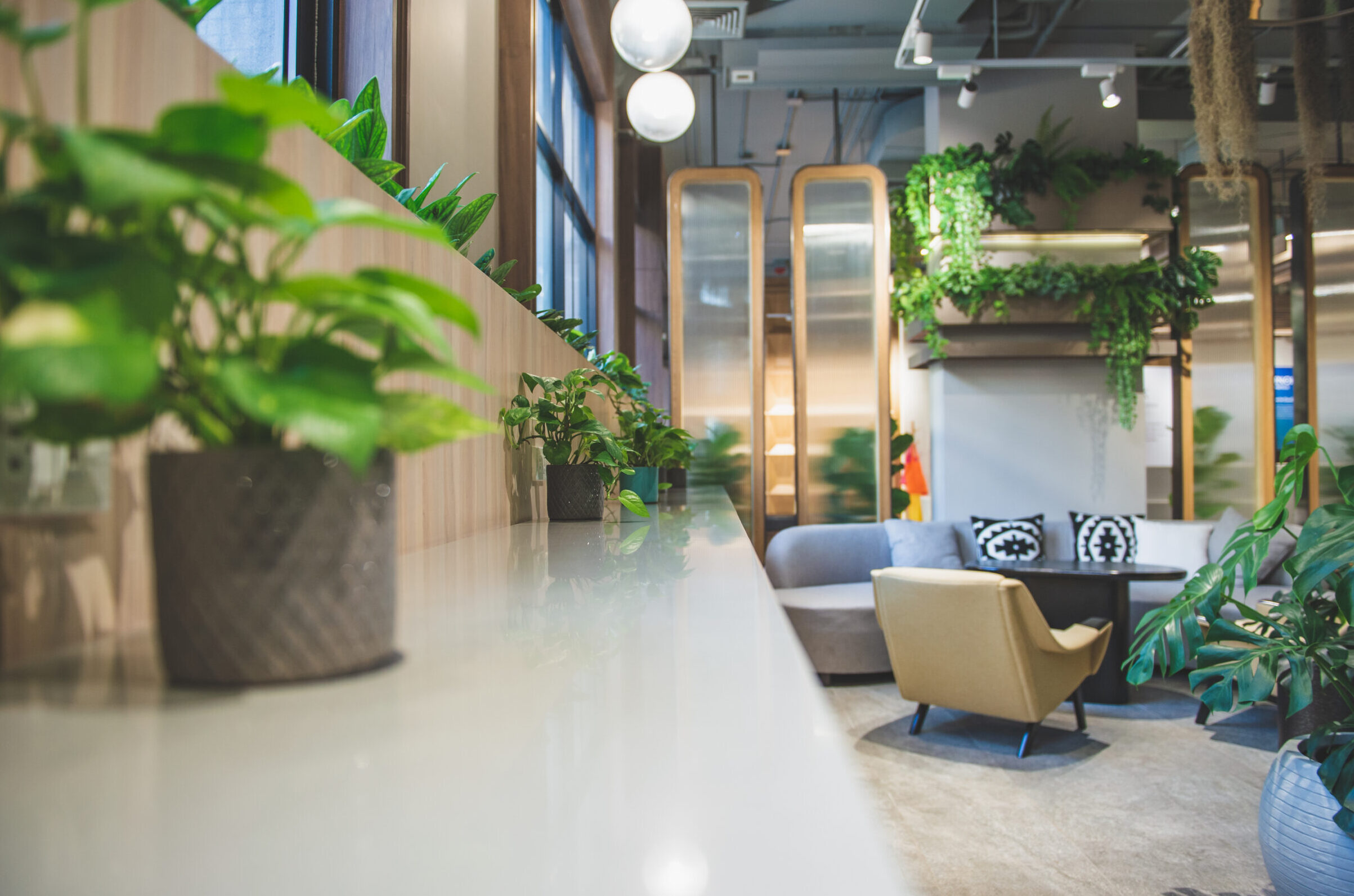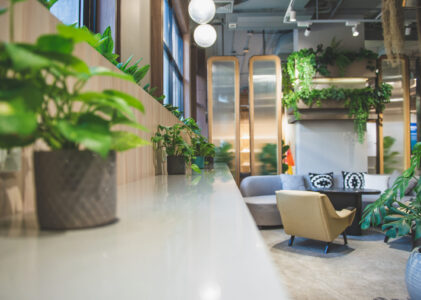Biophilic design refers to the incorporation of natural elements, such as plants, water, and natural light, into indoor spaces. This design approach aims to connect people with nature and create a more comfortable and pleasant environment. The direct presence of nature in a space, whether through plants, animals, or other natural elements, has been found to have positive effects on mental and physical health. Biophilic design can help reduce stress and anxiety, improve air quality, and increase productivity. By bringing elements of nature indoors, biophilic design can promote physical, emotional, and intellectual well-being in humans.
Incorporating biophilic design elements into indoor spaces has been found to have positive effects on mental and physical health. Research has suggested that plants and nature can lead to quicker healing after surgeries, and can have positive mental health effects. Biophilic design has also been found to support cognitive function, physical health, and psychological well-being. Visual connection with nature can lower blood pressure and heart rate, improve mental engagement and attentiveness, and positively impact attitude and overall well-being. Thus, incorporating biophilic design elements into indoor spaces can have significant benefits for individuals.
Biophilic design has also been found to increase productivity and creativity. Incorporating natural light, views of nature, and indoor plants has been shown to improve learning outcomes in schools and increase workplace productivity. When individuals are surrounded by nature in their indoor environments, they tend to be physically and mentally healthier, more productive, and more energized. Biophilic design can also have a positive impact on mental health by reducing stress and anxiety, and creating a more comfortable and pleasant environment. Overall, biophilic design can improve overall well-being and quality of life.
Incorporating biophilic design elements in interior spaces
Biophilic design is an approach to interior design that incorporates natural elements, such as plants, natural light, and patterns and textures, to promote better mental and physical health and well-being. This design concept seeks to connect people with nature by bringing natural elements indoors. Natural materials and textures, such as wood, stone, and marble, can be used when designing furniture or surfaces to create a more natural and calming environment. Additionally, incorporating natural elements into interior spaces can help reduce stress and increase productivity.

One way to incorporate biophilic design elements is through the integration of plants and greenery. Adding plants to interior spaces has been found to have a positive impact on mental health and well-being. A large living green wall or a few potted plants can help boost air quality, reduce stress, and improve mood. Furthermore, the presence of plants in indoor spaces can help create a more calming and relaxing environment.
Maximizing natural light and views is another way to incorporate biophilic design elements into interior spaces. Natural light has been found to have a positive impact on mood and productivity, and can help regulate circadian rhythms. Additionally, incorporating views of nature, such as a garden or park, can help create a sense of connection to the outdoors and promote a more calming and relaxing environment. By incorporating these biophilic design elements, interior spaces can become more inviting, calming, and conducive to better mental and physical health.
Examples of successful biophilic design in various settings
Biophilic design has become increasingly popular in residential spaces, with many homeowners recognizing the benefits of incorporating natural elements into their interior design. This approach to interior design incorporates natural elements such as plants, natural light, and water features to create a harmonious and calming environment. The beauty of biophilic design is that its elements can be mixed and matched to create a personalized ecosystem, bringing nature indoors. Studies have shown that incorporating biophilic design elements into residential spaces can improve overall well-being and mental health.
Biophilic design has also been successfully implemented in corporate environments, with many companies recognizing the benefits of incorporating natural elements into their workspace. Incorporating natural light, views of nature, and indoor plants has been shown to improve employee productivity, creativity, and overall well-being. By bringing nature into the workplace, companies can create a more welcoming and relaxing environment, ultimately leading to happier and more productive employees.

Biophilic design can also be incorporated into public spaces and urban areas, providing individuals with regular access to nature. The 14 Patterns of Biophilic Design outline various ways to incorporate nature into urban environments, including environmental features, light and space, and natural shapes and forms. Studies have shown that incorporating biophilic design elements into public spaces can improve mental health and reduce stress levels. By creating spaces that connect individuals with nature, urban areas can become more welcoming and calming, improving overall well-being for residents and visitors alike.

